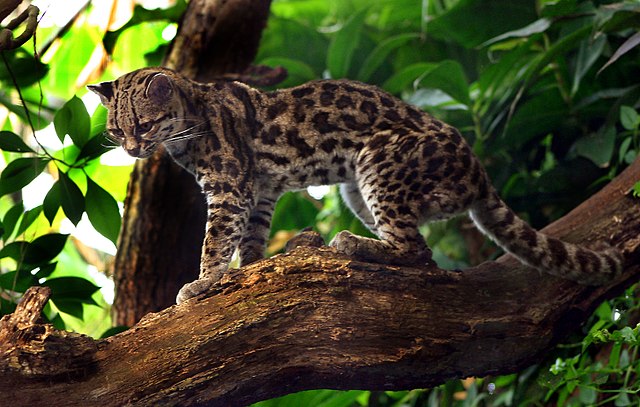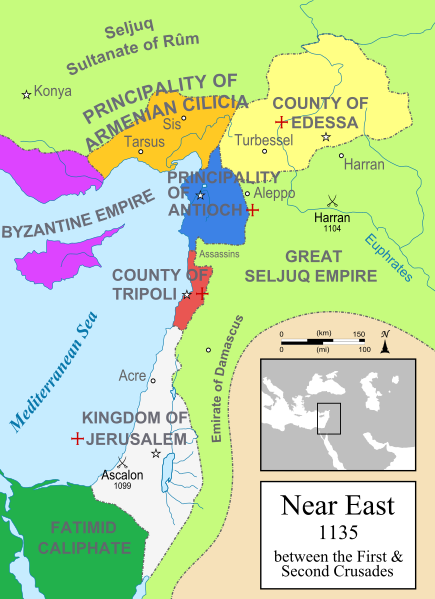We just learned about the Steam Cylinder.
Another invention that led up to the steam locomotive was the Steam Pump.
A man named Thomas Savery came up with an invention that could help pump water up out of a flooded mine, or help pump water to be sprayed or brought to a town that needed it.
His invention called the Savery Engine had a furnace that would heat up water to make steam in one place.
This steam had high pressure and helped pump out.
Then a valve would be opened to let some hot steam out, and the tank would get splashed with water.
This would cool down the steam and make it get smaller, which created a vacuum that sucked back in.
It wasn't an engine with moving parts like a car engine, but the pushing out and sucking in helped people understand how steam could be used to make an engine.

(from: wikipedia - thomas savery)
Kid Facts - Blast from the past: Forensic Anthropology











